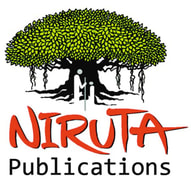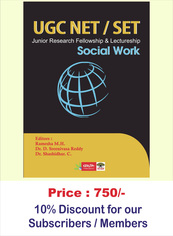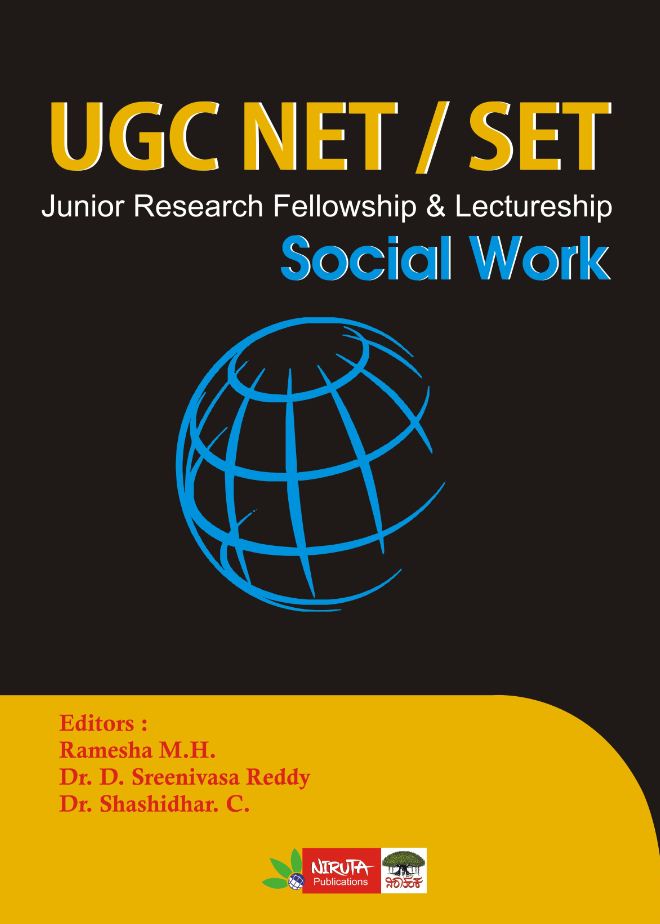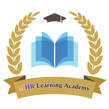|
Multiple Choice Questions 1.The book of ‘ India’s Economic Policy: Preparing for the Twenty first Century’ written by a) Bimal Jalan b) YV.Reddy. c) Rangarajan d) Man Mohan Singh Ans :- A 2.New agriculture policy was started in the year of a) 2000 b) 2001 c) 2005 d) 2010 Ans :- A 3.A person in normal health requires ______ calories per day a) 1000-1800 calories b) 2500-3000 calories c) 3000-4000 calories d) 4000-5000 calories Ans :- B 4.Sex-ratio means a) The relation between male and female b) The ratio between the number of adult male and adult female in a population c) The ratio between number of female and number of male in a population d) The number of females per 1000 males in a population Ans :- D 5.Former president Dr.Abdul Kalam’s PURA refers to a) A model for growth of the metro cities b) Providing urban amenities in Urban Areas c) providing urban amenities in rural areas d) A plan for urban and rural areas Ans :- C 6.Human Development Index is a composite of a) Income, trade and investment indicators b) Poverty, human rights and unemployment indicators c) Income, health and education indicators d) Health, education and quality of life indicators Ans :- D 7.Yeshaswini programme in Karnataka State aims at a) Assisting women in adopting family planning methods b) Assisting women to earn wage income c) Assisting rural and tribal women in health care services d) Providing with health insurance facility for farmers co-operations Ans :- D 8.Live births per 1000 population per year is called a) Live birth rate b) Birth rate c) Crude birth rate d) New population rate Ans :- B 9.‘Chipko’ movement is associated with a) Human rights b) Women welfare c) Religious activists d) Environmental conservation Ans :- D 10.Kothari Commission (1964-66) emphasized on A) Expansion of Universal schooling B) Non-formal and continuing education C) Vocational education D) Reading materials Ans :- A 11.The programme aimed at enabling illiterate women to acquire functional skills, better awareness of health, hygiene and child care is A) National Female Literacy Mission B) Functional Literacy for Adult Women C) Female Farmers Functional Literacy and Training D) Total Literary Programme Ans :- B 12.Which is the administrative authority controlling Juvenile Justice Board? A) Police Department B) Judicial Department C) Prosecution Department D) Social Welfare Department Ans :- D 13.What official committee is associated with the issue of corruption in India ? A) Santhanam Committee B) Malimath Committee C) A. N. Mulla Committee D) Krishna Iyer Committee Ans :- A 14.Till what age can a woman prisoner keep her child, with her in the prison ? A) Upto 5 years B) Upto 7 years C) Upto 9 years D) Upto 11 years Ans :- B 15.HDI is entrusted with reference to : I. Life expectancy at birth II. Real GDP/per capita III. Infant mortality IV. Morbidity Codes : A) I and II are correct. B) II and III are correct. C) III and IV are correct. D) All the above Ans :- D 16.Which of the following Committees has been set up in India for identification of BPL families in urban areas ? A) Tendulkar Committee B) Saxena Committee C) Lakdawala Committee D) Hashim Committee Ans :- D 17.A Kisan Credit Card (KCC) Scheme was introduced in the year A) 2001 B) 2005 C) 1998 D) 1999 Ans :- C 18.The great sociologist who held the view that “education doesn’t bring about social change; rather the social change results into an educational change” was A) McDougal B) Aristotle C) Durkheim D) Dewey Ans :- C 19.Which of the following is not a factor for social change in India ? A) Caste B) Regionalism C) Language D) Census Ans :- D 20.Equality of Educational opportunities is possible by A) Extending portals of educational institutions to all without any discrimination B) Opening more educational institutions C) Privatizing the education system in the country D) Public funding of Education Ans :- A 21.Match Column – I with Column – II : Column – I Column – II i) Chipko Movement 1. Medha Patkar ii) Narmada Bacchao 2. Al Gore Andolan iii) Climate Change 3. Rachel Carson iv) Silent Spring 4. Sundarlal Bahuguna Choose the correct code : Codes : (i) (ii) (iii) (iv) A) 1 2 3 4 B) 2 3 4 1 C) 4 1 2 3 D) 3 4 1 2 Ans :- C 22.Generally visually impaired persons have visual acuity of A) 2/200 B) 20/100 C) 20/70 D) 20/200 Ans :- D 23.Assertion (A) : Poverty is essentially a social phenomenon and only secondarily a material or physical phenomenon. Reason (R) : Poverty is the socioeconomic phenomenon whereby the resources available to a society are used to satisfy the wants of the few while many do not have even their basic needs met. Codes : A) (A) is false, but (R) is true. B) Both (A) and (R) are correct. C) Both (A) and (R) are not correct. D) (A) is true, but (R) is false. Ans :- B 24.The World Summit for Social Development (WSSD) was held in March 1995 in A) Copenhagen B) Helsinki C) Hague D) Vienna Ans :- A 25.Human Rights Watch (HRW) was initially known as A) Helsinki Watch B) Human Rights Initiative C) Human Rights Cell D) Human Rights Time Ans :- A Subscribers please login to access full text of the article
New 1 Year Subscription to Digital Archives at just Rs.500
0 Comments
Your comment will be posted after it is approved.
Leave a Reply. |
UGC NET Training for
Social Work We are pleased to announce the training programme on “UGC NET Social Work”. The details of which are as under. It covers in detail the UGC NET Social Work syllabus and previous question papers.
Categories
All
|
SITE MAP
SiteTRAININGJOB |
HR SERVICESOTHER SERVICESnIRATHANKA CITIZENS CONNECT |
NIRATHANKAPOSHOUR OTHER WEBSITESSubscribe |
MHR LEARNING ACADEMY
50,000 HR AND SOCIAL WORK PROFESSIONALS ARE CONNECTED THROUGH OUR NIRATHANKA HR GROUPS.
YOU CAN ALSO JOIN AND PARTICIPATE IN OUR GROUP DISCUSSIONS.
YOU CAN ALSO JOIN AND PARTICIPATE IN OUR GROUP DISCUSSIONS.
|
|



 RSS Feed
RSS Feed





